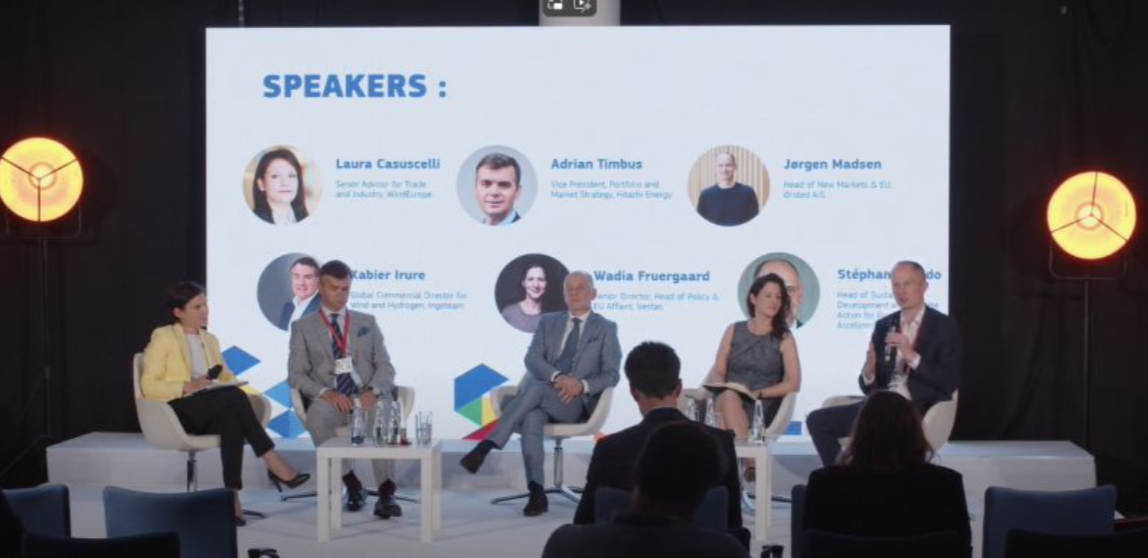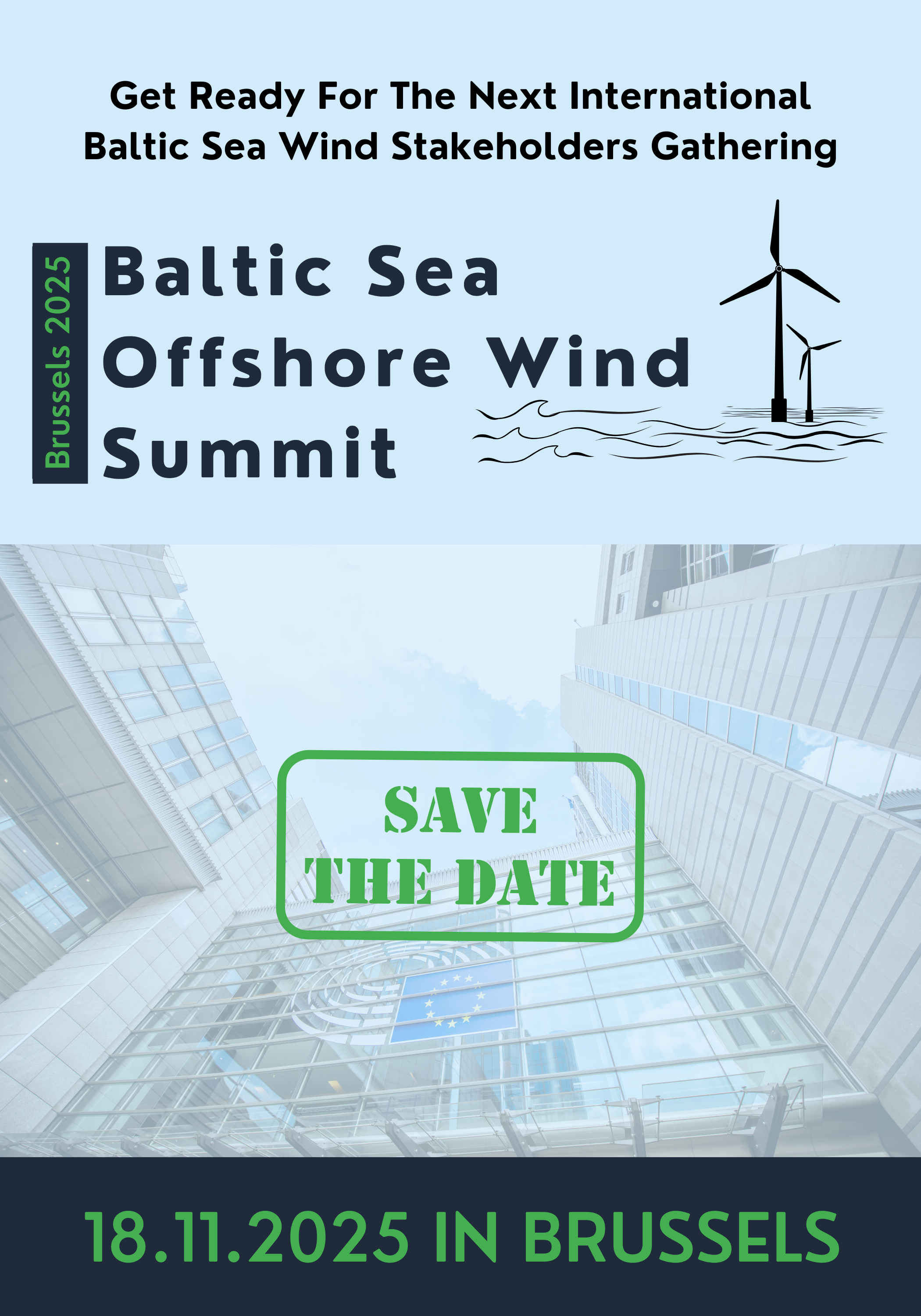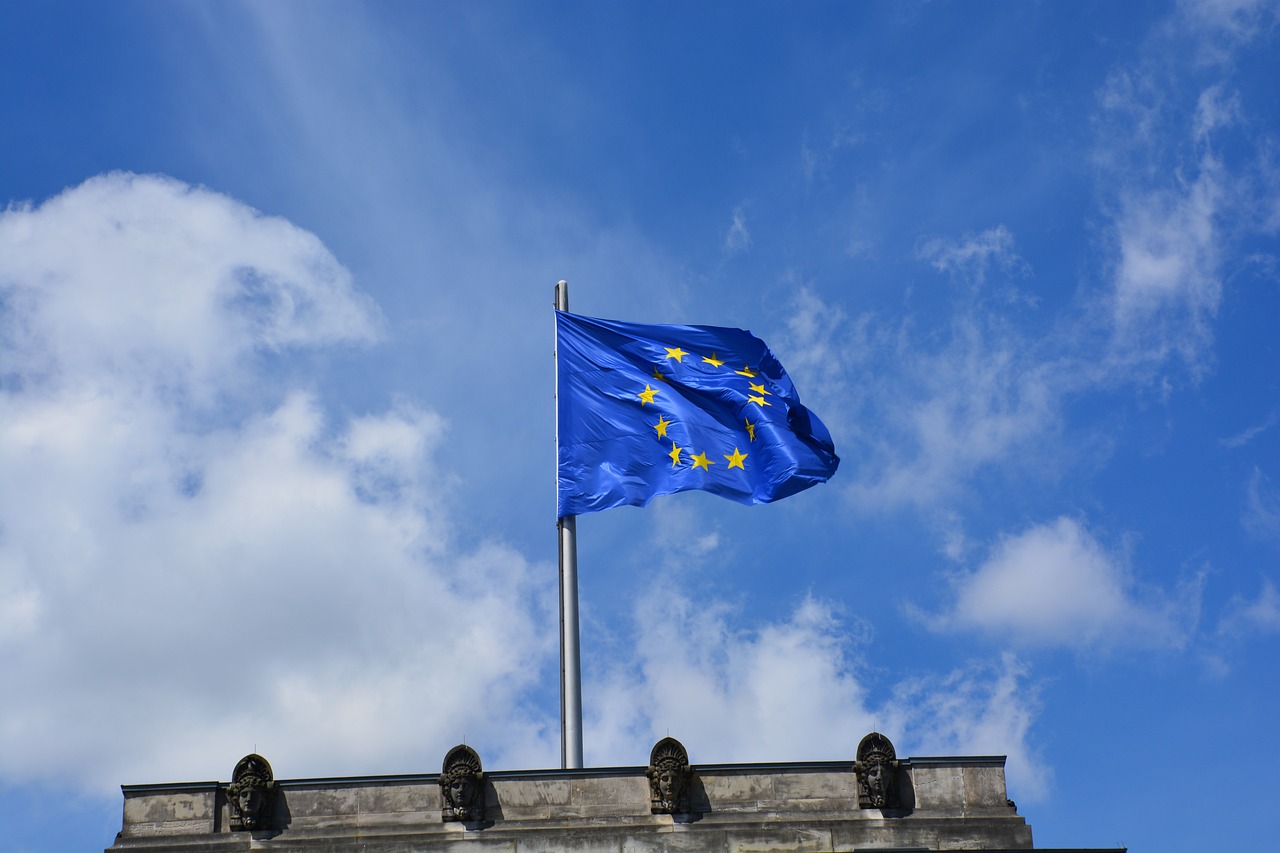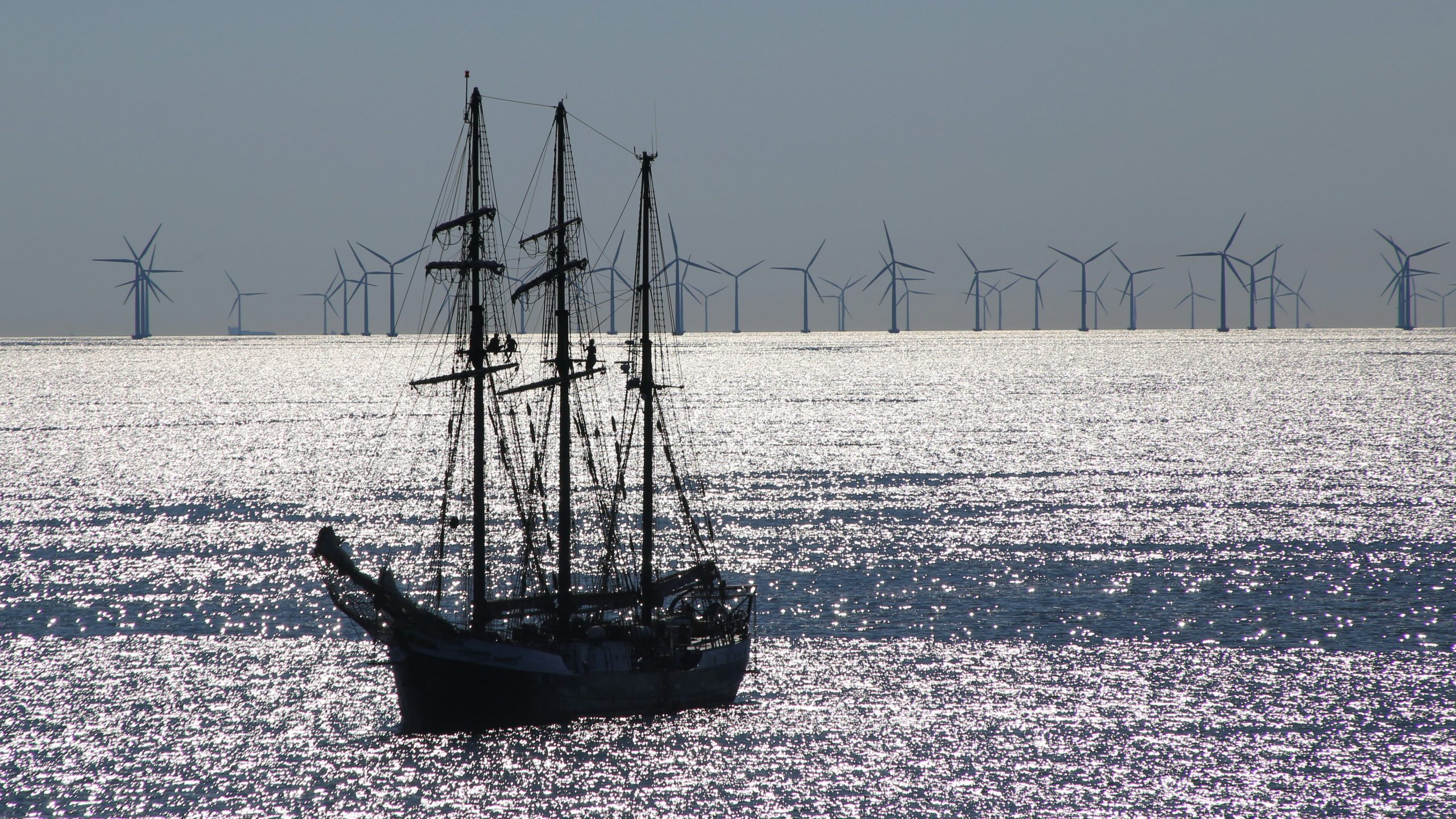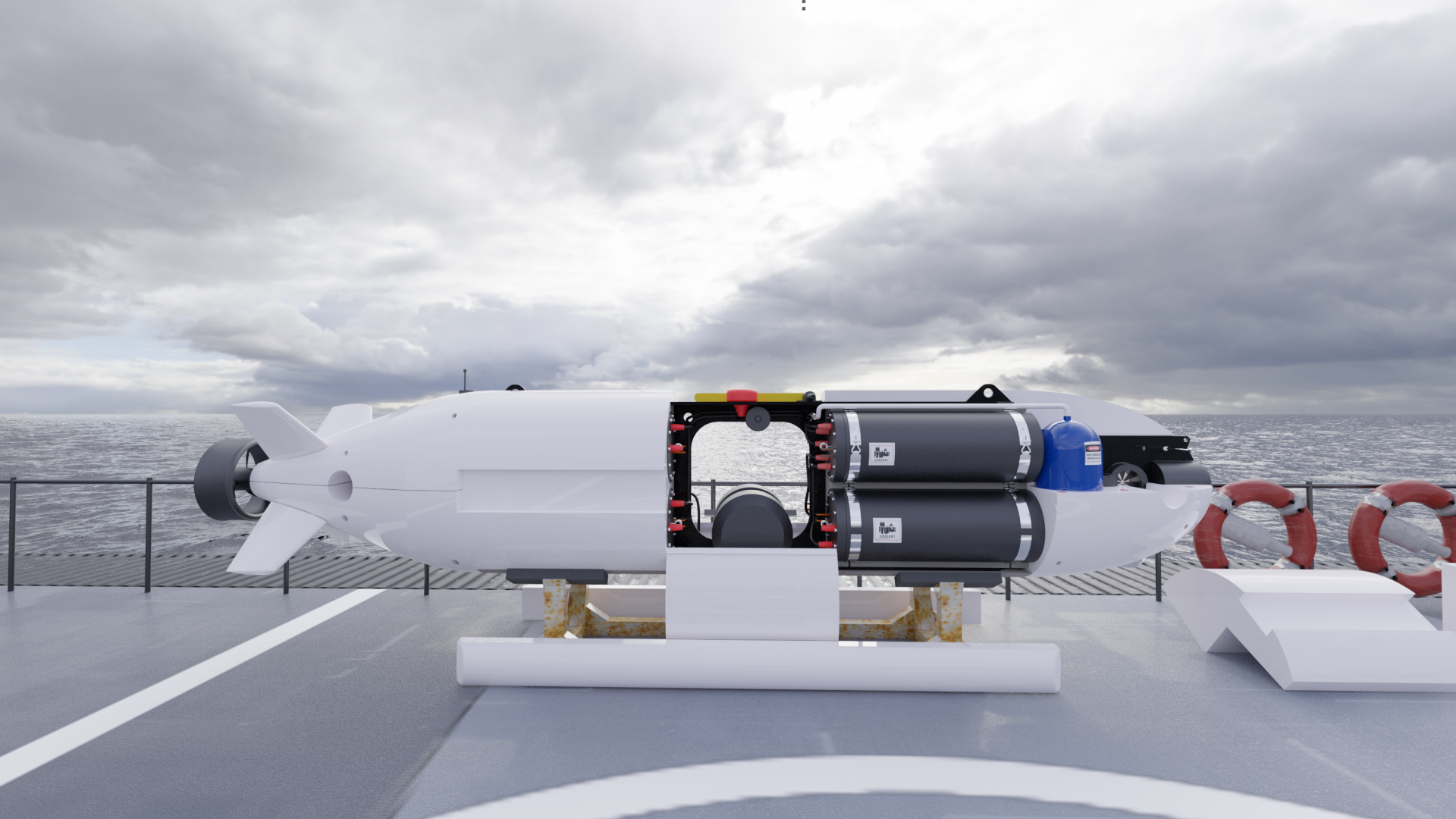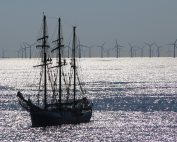As part of EU Industry Days 2025 in Rzeszów, a key event of the Polish Presidency of the Council of the European Union, a debate entitled “Powering EU Competitiveness: The Strategic Role of Wind Energy by WindEurope” took place last week. The discussion, attended by leading industry representatives, highlighted the strategic role of wind energy in increasing the competitiveness of the European Union. The panelists discussed the challenges and opportunities associated with the development of the sector, including the key role of infrastructure, supply chains, technological innovation, and the regulatory framework.
The debate was attended by:
- Jørgen Madsen, Head of New Markets & EU, Ørsted A/S
- Wadia Fruergaard, Senior Director, Head of Policy & EU Affairs, Vestas
- Adrian Timbus, Vice President, Portfolio and Market Strategy, Hitachi Energy
- Stephane Tondo, Head of Sustainable Development and Climate Action, Arcelormittal
Jørgen Madsen from Ørsted, the world’s largest offshore wind energy developer, pointed out the instability of the offshore wind sector’s growth rate. A period of intense growth was observed at the end of 2010, followed by a slowdown, and now a significant acceleration is planned by the end of 2020. The problem arises after 2030, when another slowdown is predicted. This volatility makes it difficult for the supply chain to plan and invest, as well as to scale up production. Manufacturers do not want to increase production capacity only to be faced with empty factories, but they also do not want to reject orders due to a lack of supply capacity. Jørgen Madsen emphasized that a more stable development schedule, as in other parts of the world, would allow the supply chain to scale better with growth and create high-quality jobs in Europe. He stated that even 10 GW of offshore wind capacity is not enough to fully decarbonize and reduce dependence on imported fuels.
Referring to the Net Zero Industry Act (NZIA), Jørgen Madsen noted that resilience criteria, aimed at reducing dependence on individual third countries (in the case of the offshore wind sector, 93% of components come from individual third countries), are a good ambition. However, the devil is in the details of implementation, as they add complexity and costs to projects. He stressed that requirements should be transparent, comparable, predictable, and measurable, which is extremely important for keeping costs low.
Wadia Fruergaard from Vestas, a global player in the wind turbine industry, assessed EU initiatives supporting the scaling up of clean production. She stated that while the ambitions are good, the problem lies in implementation. An example is the Innovation Fund, which has significant resources at its disposal, but its allocation methodology based on evaluating projects with a “negative business model” does not work well for mature industries such as wind turbine manufacturing, where there is no longer innovation in the sense of bringing something to market for the first time.
Referring to the NZIA’s resilience criteria, Wadia Fruergaard noted that although the EU wants the industry to bring production back to Europe (reshoring), there are no incentives (“carrots”) to do so, and instead there are “sticks” in the form of regulatory restrictions. She explained that the wind industry has developed a global supply chain over 45 years to make it as economically efficient, agile, and flexible as possible. Moving production back to Europe before it becomes organically feasible adds complexity, costs, and risks, which will consequently raise prices. The preferred approach would be incentives for companies, not restrictions. She emphasized that wind projects often encounter difficulties because bids in tenders are insufficient or remain unsubscribed due to a lack of robust business models. Robust business models, supported by electrification and demand creation, would help projects succeed.
Adrian Timbus from Hitachi Energy discussed bottlenecks in the development of grid infrastructure, which is key to the integration of wind energy, including offshore. The first and main problem is the pace of project implementation (permitting), which must be accelerated to meet the decarbonization targets for 2030 and 2050. There is a need for a much larger scale of network development, generation, and electrification. He pointed to the need for investment in both production capacity (Hitachi has invested $3 billion globally over three years, including significantly in Europe) and human capital – engineers with the right skills are needed, and training them takes time.
Stephane Tondo from Arcelormittal described the symbiotic relationship between the wind and steel industries. Steel accounts for about 80% of the weight of a wind tower, and each megawatt of installed wind power corresponds to 150 tons of steel. A 15 MW tower is 2,200 tons of steel. At the same time, emissions from steel production account for 30-50% of the total greenhouse gas emissions of a wind tower. The transition to green steel is therefore crucial for the decarbonization of the entire electricity generation system. Solutions are already available to reduce emissions from the production of steel sheets (used in towers) by 65-70%. He cited the offshore wind farm project in the Baltic Sea as the first example in Poland where decarbonized steel supplied by ArcelorMittal was used in cooperation with Vestas. He also highlighted the potential for recycling steel from dismantled older wind farms, which is beneficial due to the high quality of the recovered material. He pointed to the need to create a new recycling chain.
The debate on the strategic role of wind energy for the EU’s competitiveness highlighted several key aspects:
- The variable dynamics of offshore wind sector development after 2030 create difficulties for the supply chain in terms of planning and investment. A more stable long-term perspective is needed.
- Although EU initiatives such as the NZIA and resilience criteria are well-intentioned (supporting EU production, reducing dependence), their current implementation is complex, uncertain, and may increase costs. Simple, transparent, predictable, and measurable mechanisms based on incentives would be preferable.
- Scaling up wind energy and integrating it into the grid requires significant investment in infrastructure (e.g., HVDC for connecting offshore farms) as well as in human capital and education.
- The steel industry is a key partner for the wind sector, and the decarbonization of steel production (green steel) and the development of recycling are essential to achieving climate goals. The higher costs of green products are a challenge, but there are also indirect financial benefits from sustainable solutions.
- The strategic development of the sector requires better coordination between industries (steel, wind, grid) and consistent and realistic decarbonization targets at the EU level. Public money should support production in the EU.
Source: BalticWind.EU & WindEurope
